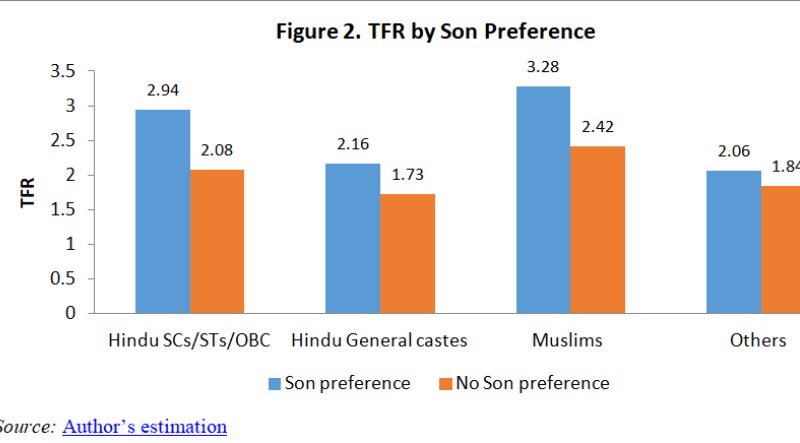Srinivas Goli is an assistant professor (demography) at the Jawaharlal Nehru University (JNU) and Australia-India Institute NGN Research Fellow at the University of Western Australia (UWA), Perth, Australia. Here he speaks about the population debate through the lens of gender. He acknowledges research assistance from Dibyasree Ganguly, Sheuli Misra and Neha Jain.
What is missing from India’s population debate?
The population debate in India exceedingly focuses on its growth and size. However, the growth and size of the population in itself do not predict the socio-economic development of a country; rather the age-sex structure is the key player in determining the direction of the association between population and economic development.
What is the key concern in the country’s fertility transition?
India’s fertility transition is unparalleled to many developed and developing countries because the transition is faster and happening under much lower socio-economic development. Fertility estimates from the Sample Registration System, 2018, report suggest that the total fertility rate (TFR: Average number of children per woman) is already at the replacement level, both at the all-India level and in a majority of the states.
Currently, only in six states (Bihar, Uttar Pradesh, Madhya Pradesh, Rajasthan, Jharkhand and Chhattisgarh), does the TFR slightly remain above the replacement level. Successive National Family Health Survey reports reveal that TFR is also converging across the communities (religions and castes).
How does ‘son preference’ play a role in fertility?
Within the states and social groups that have above-replacement-level TFR, all women do not have high fertility. Our detailed study suggests that it is only those women with lower education and greater son preference who have slightly high fertility irrespective of their social background. Low age at marriage is also a significant factor for high fertility.
The wanted fertility rates (the average number of children women want) is below replacement level across all major states (except Bihar) and social groups (including Muslims). This suggests that the problem lies in not materialising the desired fertility by a woman.
What is thus the key to population stabilisation?
India must focus on women’s empowerment. Women’s empowerment and women’s status in society play a key role in determining fertility levels. Raising women’s educational and employment levels helps in improving decision making on family planning and provides resources for its access and use. Currently, only 11.97 per cent and 8.24 per cent women are able to take decisions themselves on their health care and family planning use, respectively. Women’s empowerment is not only important for population stabilisation, but also critical for reaping the demographic dividend.
Gender dividend (defined as economic benefits as results of improving women’s empowerment and gender equity) contributes a major share to the demographic dividend. A similar opinion has also been explained in a study published in the Brown Journal of World Affairs.
How would you rate the effectiveness of a law on population control?
Instead of using law to control or stabilise the population, the country should focus more on empowering women and bringing gender equity. Such efforts not only stabilise the population but also improve the quality of the population, which can help in reaping greater economic dividends. A ‘law-based population control policy’ has brought greater gender inequalities in Chinese society and is responsible for elimination of millions of girls. The number of females per 1,000 males at the time of birth continues to decline as a result of sex-selective abortions in India. Any forceful efforts to reduce fertility will further worsen this situation. Instead, the country should focus more on the problem of falling family planning use and stalling unmet need for family planning.




